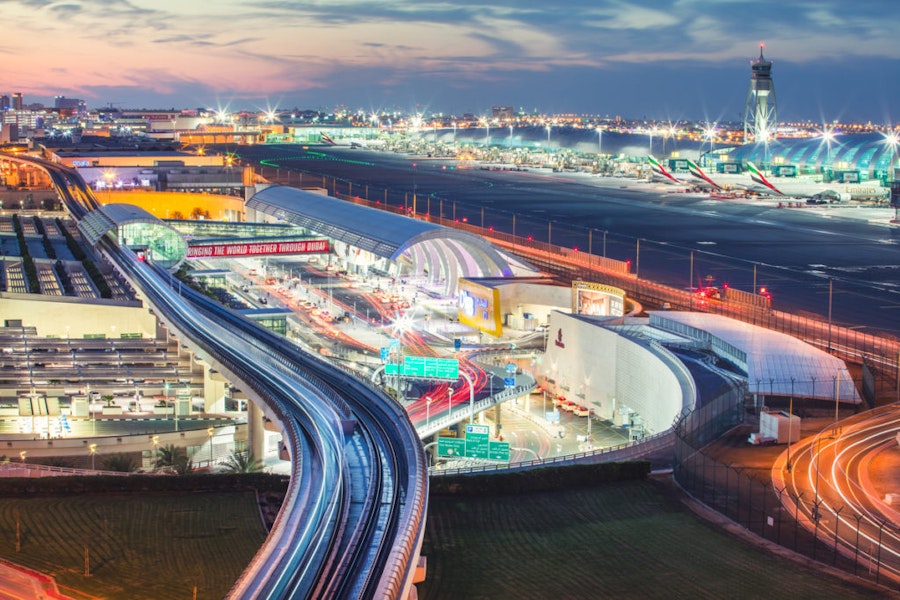‘On the way to his car Pierre Dupont stopped at the cash point to draw some money.’[1]
Thus begins the Prologue to anthropologist Marc Augé’s introduction to Supermodernity: ‘Non-places’. He continues his imagination of the life of the haute bourgeois Parisian as he gets 1,800 francs from the ATM and then drives to the airport along the A11 expressway. He parks in the underground car park and is issued a ticket, which he puts into his wallet. At the check-out desk his passport and tickets are digitally scanned, his baggage is tagged and rolls along the conveyor belt out of sight, not to be seen again until Pierre drags it off the carousel at the arrival hall of his destination. And he then meanders through the duty free concession stands leading to his gate. The experience of these transitions are commonplace and seamless.
In 1992, Augé developed the idea of non-places as a means to describe what he called the Anthropology of Supermodernity. What he proposed was that modern society was creating spaces, particularly in cities, that failed to obtain place-hood. The contemporary city is filled with airports, shopping malls, supermarkets, motorways, factories, cash point machines: non-places where meaning has failed to accrue. In the words of Gertrude Stein, ‘there is no there, there’.
Such places, ones that we know well without thinking, are the opposite of the nurturing spaces of the vital city. They offer little sustenance. Nobody lives there. There is no shared ownership that one might find in a commons. Instead, entering that space is to encounter anomie as a physical force. A ‘non-place’ is subjective but it is felt by many at the same time and, despite a feeling of being ‘at home’ or familiar, it causes an inescapable exhaustion.
Non-places speak of a world where ‘people are born in the clinic and die in hospital . . . where a dense network of means of transport which are also inhabited spaces is developing; where the habitué of supermarkets, slot machines and credit cards communicates wordlessly, through gestures, with an abstract, unmediated commerce; a world thus surrendered to solitary individuality, to the fleeting, the temporary and ephemeral. . .’[2]
People who know the modern city know these places well. And tend to avoid them. However, since the 1990s when the book was first published, these recognisable ‘non-places’ have been transformed by technology into some of the most mediated and surveilled parts of the urban landscape. Rather, they have become code/spaces. As formulated by geographers Rob Kitchin and Martin Dodge, these are places where the function of a place is so dependent on code that it produces a new kind of space. These spaces almost exactly layer on top of Augé’s previous cartography of non-places.
The non-place has become overlaid by code/space. They are now intensely mediated spaces: They are often closed systems (but they can be open), governed as a proprietary stack. They are intensely vulnerable to power cuts or hacks. Take Kitchin and Dodge’s reading of an airport:
‘[It consists] of complex, over-lapping assemblages to varying degrees dependent on a myriad of software systems to function, designed to smooth and increase passenger flows through various ‘contact’ points in the airport and to enable pervasive surveillance to monitor potential security threats. Airport spaces – the check-in areas, security check-points, shopping areas, departure lounges, baggage reclaim, the immigration hall, air traffic control room, even the plane itself . . . Code/space, in contrast, is a space dependent on software for its production – without code that space will not function as intended, with processes failing as there are no manual alternatives.’[3]
But what has changed within this layering? To continue:
‘Air travel increasingly consists of transit through code/spaces, wherein if the code ‘fails’ passage is halted. For example, if the check-in computers crash there is no other way of checking passengers in; manual check-in has been discontinued, in part, due to new security procedures. Check-in areas then are dependent on code to operate and without it they are simply waiting rooms with no hope of onward passage until the problem is resolved. In these cases, a dyadic relationship exists between software and space (hence the slash conjoining code/space) so that spatiality is the product of code, and code exists in order to produce spatiality.’[4]
The non-place, therefore, has become the building block of platform urbanism. But does this offer us an opportunity to rethink the relationship between places and non-places? If non-places are the highly mediated spaces of the city reliant on code to function, which are surveilled and monitored at all times, does this mean that places are the slivers and corners of the cityscape that are outside the vectors of the watchful eye of the system? The unseen and unwatched spaces. Can these become the truly public spaces of nurturing community?
How do we find these places? How do we make sure that they remain outside the code/space?

Dubai Airport
Comments